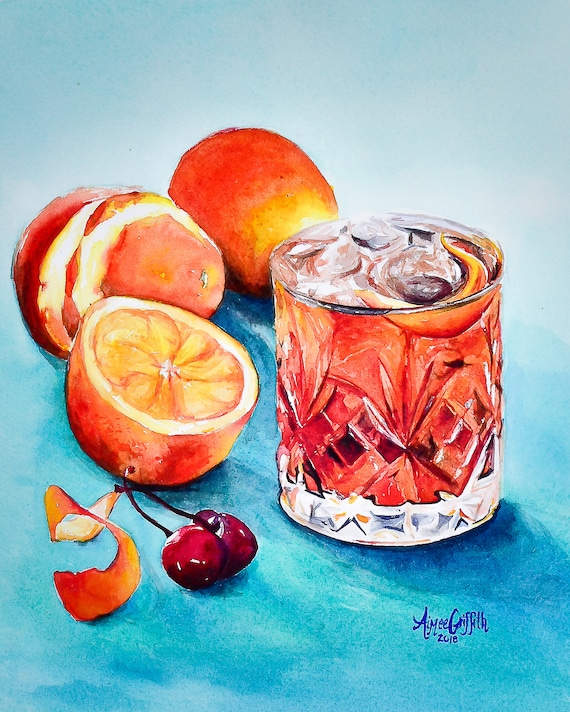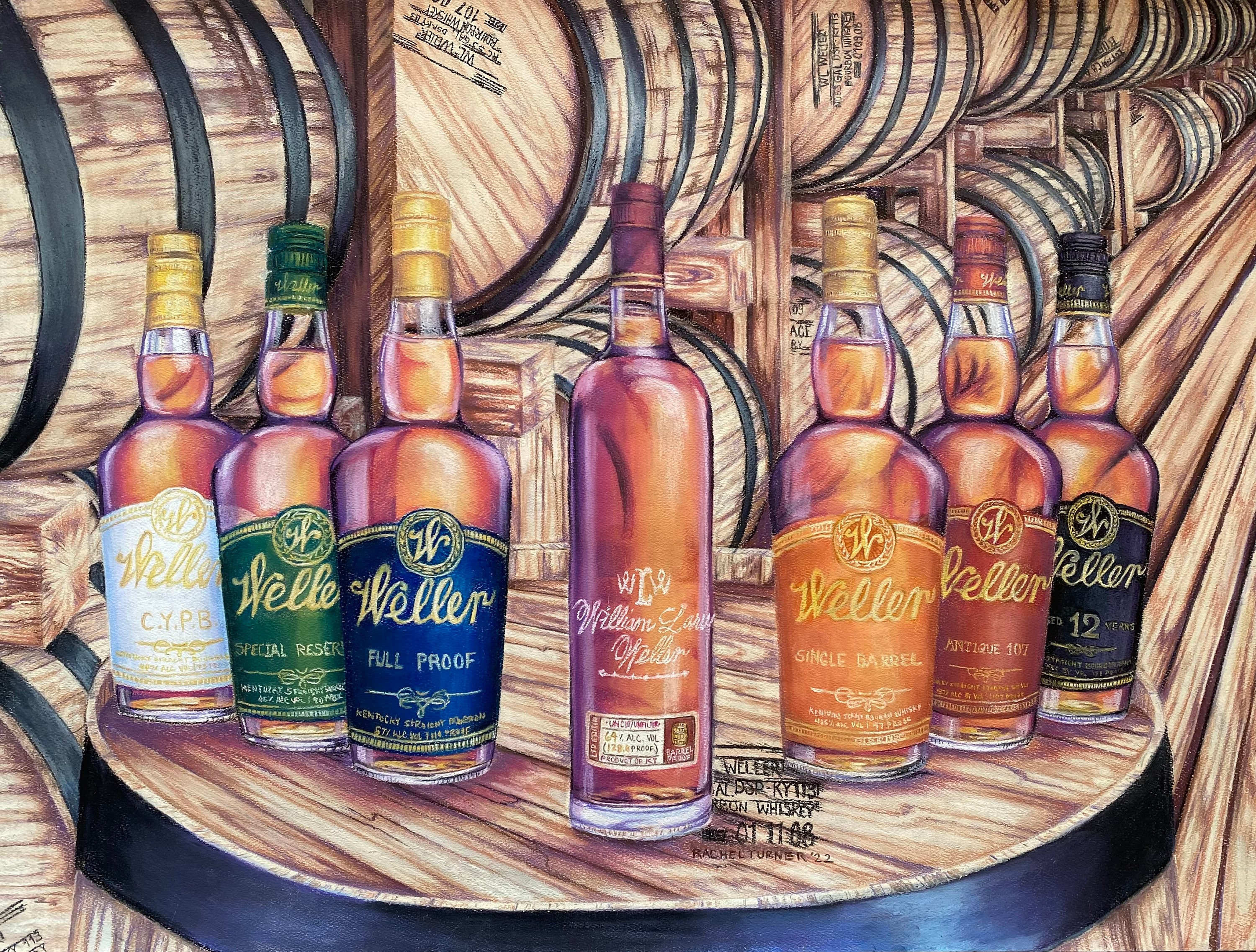Explore the World of Bourbon Art: A Journey Through Society and Workmanship
Explore the World of Bourbon Art: A Journey Through Society and Workmanship
Blog Article
The Importance of Whiskey Art in Celebrating Heritage and Craftsmanship in the Beverage Sector
The complex partnership between scotch art and the event of heritage and craftsmanship within the beverage sector can not be overstated. Through attentively created tags and containers, bourbon brands envelop their historic origins and the artisanal abilities that define their manufacturing methods. This artistic dimension not only improves market appeal yet likewise offers as a channel for cultural storytelling, fostering a deeper link in between the craft and the consumer. As we explore the different facets of this subject, fascinating concerns about the influence of modern-day trends on typical techniques occur, triggering further evaluation.
The Historic Roots of Whiskey
At the heart of scotch's attraction lies a rich tapestry of historical origins that trace back to old civilizations. The origins of bourbon can be linked to the purification practices of the Sumerians and Babylonians around 2000 BCE, where very early forms of fermented grain beverages began to emerge. Nevertheless, it remained in the Center Ages that the art of purification evolved significantly, specifically in Ireland and Scotland, bring about the creation of whiskey as we understand it today.
The term "whiskey" itself stems from the Gaelic word "uisce beatha," implying "water of life." This expression emphasizes the social significance of whiskey in Celtic societies, where it was commonly related to rituals, parties, and public bonding. By the 15th century, distillation came to be an identified craft within monastic areas, leading the way for the establishment of lawful distilleries.
As profession paths expanded, whiskey's appeal expanded, transcending local borders and catching the interest of connoisseurs worldwide. Realism Art. This historic journey shows not only the workmanship behind whiskey production but likewise its indispensable duty in social and social contexts, noting it as a considerable drink throughout history
Artistic Expression in Branding
Bourbon branding stands as a compelling crossway of creativity and business, where visual identity plays a critical duty in shaping consumer perception. The aesthetic appeals of scotch labels, packaging, and advertising materials mirror not only the brand's tale yet additionally its core values and heritage. Via imaginative expression, distilleries share a story that resonates with consumers, evoking feelings and stimulating connections.
Using color, typography, and images in branding serves to separate items in a saturated market. Standard themes might stimulate a sense of credibility and workmanship, while contemporary designs can indicate development and forward-thinking. This tactical artistic instructions enhances brand name acknowledgment and commitment, allowing consumers to build an individual connection with the scotch they choose.
In addition, creative expression in branding usually acts as a celebration of local heritage. Distilleries regularly incorporate local icons or historic references right into their layouts, creating a local color that invites customers to take part in a more comprehensive social experience. Eventually, the virtuosity behind whiskey branding not only improves aesthetic allure but additionally enhances the overall narrative of the brand name, promoting a much deeper admiration for the craftsmanship and heritage ingrained in each bottle.
Craftsmanship in Bottle Style
The artistry obvious in bourbon branding expands past aesthetic identity to incorporate the craftsmanship associated with bottle style. Each container works as a vessel not just for the spirit within, however additionally for the tale it outlines its quality, beginning, and tradition. The layout procedure needs meticulous attention to detail, as aspects such as material, shape, and closure contribute considerably to the total assumption of the bourbon.
Craftsmanship in bottle layout entails selecting high-grade glass that can boost the scotch's color and clearness, while also providing a tactile experience for the consumer. The silhouette of the container need to be both cosmetically enticing and functional, usually reflecting the heritage of the brand name. Numerous distilleries choose one-of-a-kind forms or embossed logos that stimulate a sense of authenticity and history.
In addition, the tag design and typography play a critical duty in communicating the brand name's narrative. Whiskey Art. A well-crafted container not only captivates the customer's eye yet likewise strengthens the brand's commitment to quality and custom. In this means, the workmanship of bottle design ends up being an essential element of the whiskey experience, combining virtuosity with a profound regard for heritage
Cultural Relevance of Whiskey Art
Celebrating tradition and workmanship, the cultural relevance of scotch art goes beyond mere looks, linking with the historic and social stories of the areas from which it comes from. Each bottle offers as a canvas, depicting the unique stories, folklore, and customs that have actually shaped local whiskey-making methods. The complex layouts commonly mirror the heritage of the distillers, integrating signs and concepts that reverberate with the society and values of their areas.

On top of that, bourbon art plays an essential role in communal celebrations and parties, acting as a concrete web link in between individuals and their shared experiences. By valuing the artistry in whiskey product packaging, customers cultivate a deeper understanding and regard for the craft, eventually enhancing their satisfaction of the beverage itself.
Modern Trends in Whiskey Discussion
In the last few years, the discussion of scotch has actually progressed to show contemporary tastes and fads while still honoring standard craftsmanship - Bourbon Art. Distilleries are increasingly concentrating on visual aspects that boost the overall drinking experience, linking the gap in between heritage and modernity
Innovative bottle designs have emerged, frequently incorporating lasting materials and imaginative tags that inform engaging stories. Numerous brands now collaborate with local musicians, instilling their items with unique aesthetic expressions that resonate with customers. Additionally, limited-edition launches are often packaged in collectible containers, including value and allure for connoisseurs.

Final Thought
Finally, whiskey art works as a vital conduit for expressing the heritage and craftsmanship intrinsic in the beverage industry. Through elaborate branding, cutting-edge container layouts, and culturally considerable imaginative elements, whiskey brands properly recognize their practices and connect with consumers. This imaginative narrative not only elevates the appreciation of whiskey but also enhances community identification and satisfaction among producers. Eventually, scotch art plays an essential duty in preserving and commemorating the rich cultural tapestry of whiskey-making.


Workmanship in bottle layout entails choosing premium glass that can boost the bourbon's color and clearness, while additionally providing a tactile experience for the consumer. In this way, the workmanship of container layout ends up being an essential aspect of the whiskey experience, merging virtuosity with an extensive regard for heritage.
In verdict, whiskey art serves as an important avenue for expressing the heritage and craftsmanship intrinsic in the beverage industry.
Report this page